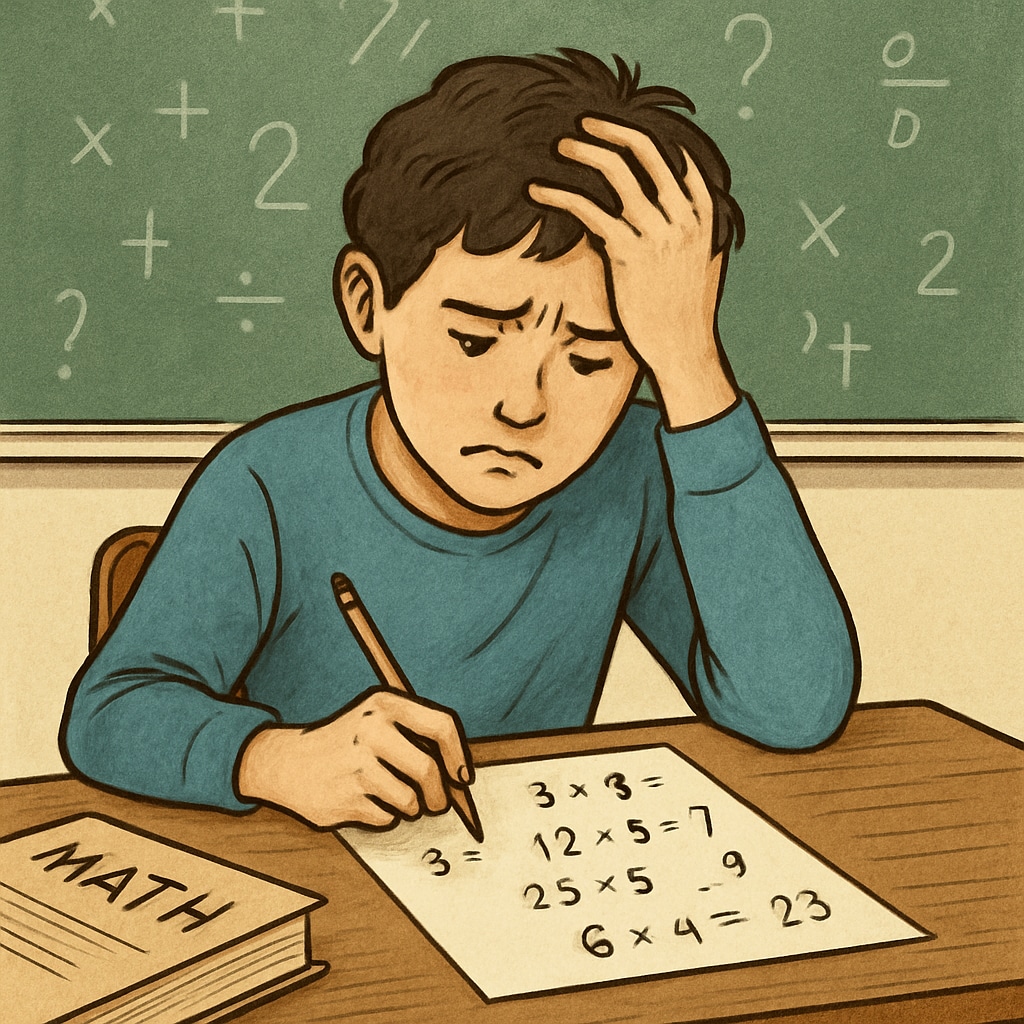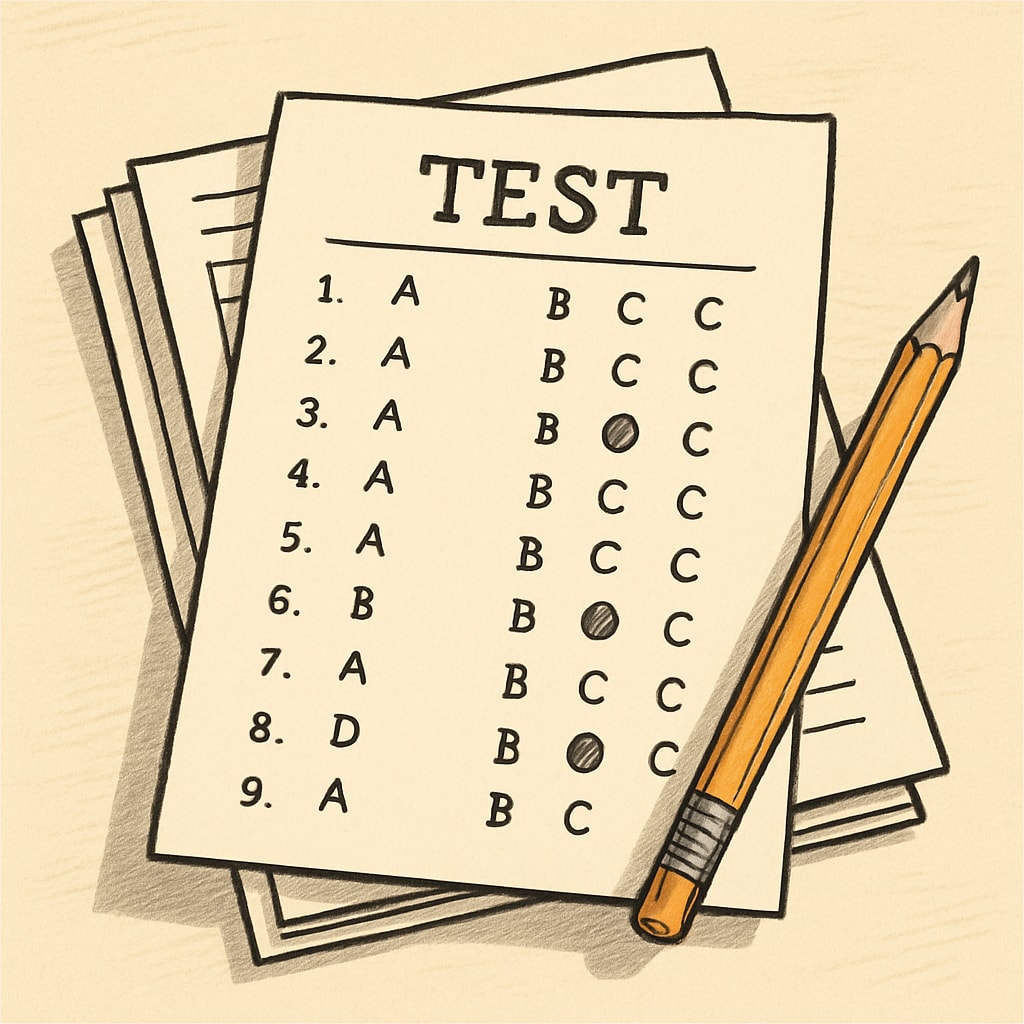Math anxiety, exam pressure, and multiple-choice questions often create a challenging trifecta for high school students. This combination can lead to lower academic performance and erode self-confidence. However, understanding the roots of math anxiety and adopting practical strategies can significantly reduce its impact and help students excel in exams.

Understanding Math Anxiety and Its Impact
Math anxiety is a psychological condition where students experience intense fear or unease when faced with mathematical tasks. This fear often stems from past negative experiences, societal stereotypes, or a lack of foundational math skills. Exam pressure exacerbates this issue, especially during multiple-choice sections, where students may feel overwhelmed by the need to choose the ‘right’ answer quickly.
Research indicates that math anxiety can trigger a fight-or-flight response, impairing cognitive functions such as memory and problem-solving skills. As a result, students may struggle to focus during exams, leading to errors, skipped questions, or lower overall scores. For example, a study published by Wikipedia on math anxiety highlights how this phenomenon affects test performance across all age groups.
Why Multiple-Choice Questions Amplify Anxiety
Multiple-choice questions, while seemingly straightforward, can be particularly daunting for students with math anxiety. The format demands quick decision-making and precise calculations, leaving little room for error. Additionally, the presence of distractors—plausible yet incorrect answers—often confuses students, increasing their stress levels.
In addition, some students may second-guess their initial choices, leading to wasted time and heightened anxiety. This cycle of doubt can significantly impact their ability to complete the test within the allotted time.

Practical Strategies to Overcome Math Anxiety
Fortunately, there are several effective strategies that students can use to combat math anxiety and improve their performance in exams:
- Practice mindfulness: Deep breathing exercises and meditation can help calm nerves and improve focus during exams.
- Strengthen foundational skills: Regular practice and review of basic math concepts can boost confidence in solving problems.
- Use positive affirmations: Encouraging self-talk, such as “I am capable of solving these problems,” can reduce negative thoughts.
- Simulate test conditions: Taking timed practice tests can familiarize students with exam formats and reduce fear of the unknown.
- Seek support: Teachers, tutors, and peers can provide guidance and encouragement, helping students navigate challenging topics.
For further insight into strategies that enhance academic performance, the Britannica guide to mathematics provides additional resources for students and educators.
Building Confidence for Long-Term Success
Overcoming math anxiety requires consistent effort and a shift in mindset. Students should focus on celebrating small victories, such as solving a challenging problem or improving their scores on practice tests. Additionally, developing a growth mindset—the belief that abilities can be improved through effort—can empower students to tackle exams with greater confidence.
Parents and educators also play a crucial role in supporting students. Encouraging a positive attitude toward math, providing constructive feedback, and emphasizing effort over results can foster resilience and reduce anxiety.
In conclusion, math anxiety, exam pressure, and multiple-choice questions are common hurdles for high school students. By understanding the causes of anxiety and applying targeted strategies, students can regain their confidence and achieve academic success. Remember, overcoming math anxiety is not an overnight process—it requires patience, practice, and persistence.


